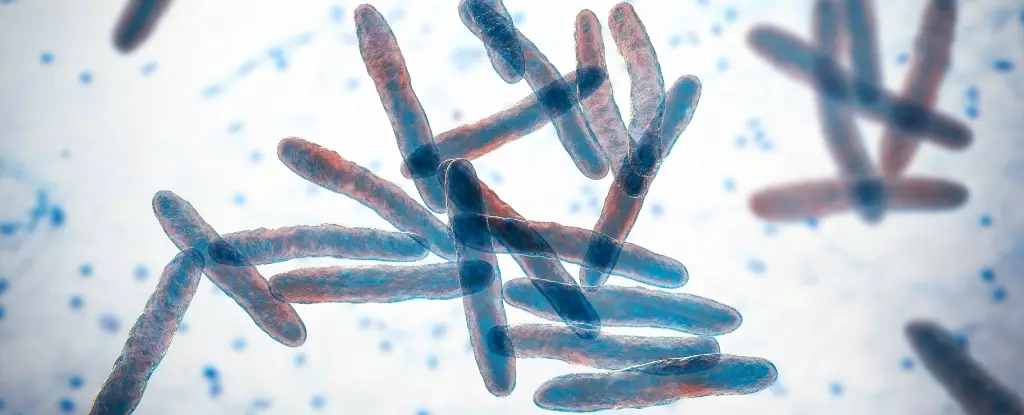Buruli ulcer, also known as Bairnsdale ulcer, is a flesh-eating bacterial infection caused by Mycobacterium ulcerans. The number of cases has been increasing in Victoria, with 363 reported cases last year. The exact mode of transmission has long been a mystery, but new research has shed light on the role of mosquitoes as vectors for the disease.
Previous studies have implicated Australian native possums in the spread of Buruli ulcer, and now, new research confirms that mosquitoes play a crucial role in transmitting the infection. The study, published in Nature Microbiology, conducted extensive surveys in a 350 km² area of Victoria to establish the link between mosquitoes, possums, and infected individuals.
To confirm the role of insects in disease outbreaks, researchers looked for corroborating, independent evidence. Mosquitoes were collected from the study area, and molecular testing revealed that only Aedes notoscriptus carried Mycobacterium ulcerans. Genomic testing further confirmed that the bacteria found on these mosquitoes matched the bacteria in possum feces and human patients with Buruli ulcer. Additionally, analysis of mosquito specimens with blood showed that Aedes notoscriptus fed on both possums and humans.
Geospatial Analysis
Geospatial analysis was used to connect the dots and identify areas where human Buruli ulcer cases overlapped with mosquitoes and possums harboring the bacteria. This analysis provided the final piece of evidence linking the spread of the disease to Aedes notoscriptus mosquitoes.
Controlling Mosquitoes: A Critical Step
Given the role of Aedes notoscriptus in spreading Buruli ulcer, controlling these “backyard” mosquitoes becomes crucial in reducing the risk of the disease. Prevention measures should focus on eliminating places where water collects, such as potted plant saucers, blocked gutters and drains, unscreened rainwater tanks, and various plastic containers. Regular emptying or disposal of these water-holding objects is recommended. Insecticides can also play a role in mosquito control; however, their use should be judicious, as they can have adverse effects on beneficial insects. Safer insecticides, specifically designed for water-filled containers, can be utilized. Additionally, newer mosquito-control approaches that involve using mosquitoes to spread insecticides are being developed.
Personal Protection Measures
While controlling mosquito populations is important, personal protection against mosquito bites remains the first line of defense. Proper clothing, including long-sleeved shirts, long pants, and covered shoes, can offer physical protection. Topical insect repellents that contain diethyltoluamide (DEET), picaridin, or oil of lemon eucalyptus should be applied to exposed skin to provide safe and effective protection.
The research findings have established the link between mosquitoes, possums, and the transmission of Buruli ulcer. By understanding the role of these vectors, targeted control strategies can be implemented, with a focus on reducing mosquito populations and protecting individuals from mosquito bites. With continued research and public health efforts, the battle against Buruli ulcer and other mosquito-borne diseases can be won.


Leave a Reply